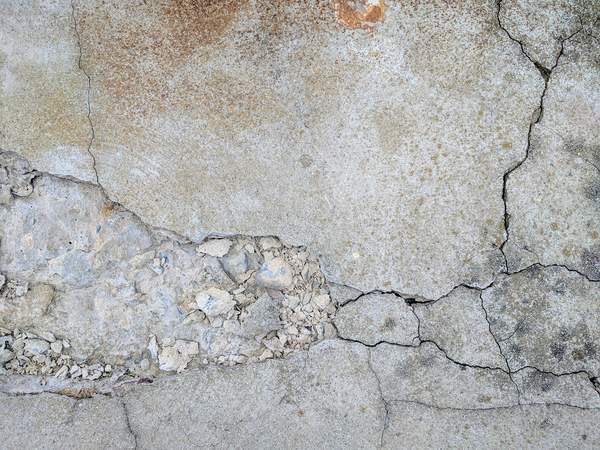Have you ever noticed cracks forming in the walls or foundation of your home? While these may seem minor at first glance, they can be indicators of more significant structural issues. Understanding what these cracks mean is crucial for maintaining the safety and value of your property. As home inspection professionals, we can help you interpret these signs and safeguard your home’s future.
Identifying Different Types of Cracks
Not all cracks are created equal. They can vary greatly in terms of size, direction, and severity. Here are some common types of cracks and what they might indicate:
- Hairline cracks: Often found in plaster or drywall, these are usually superficial and result from normal settling.
- Vertical cracks: Common in concrete walls, these could be due to minor settling or shrinkage but should be monitored for changes.
- Horizontal cracks: Typically found in the foundation, these can indicate serious pressure from soil or water and may require immediate attention.
Technical Considerations and Measurements
When assessing cracks, pay attention to the width and length. Cracks wider than 1/4 inch, or those that change in size over time, can be a red flag. Use a ruler or crack gauge to monitor these changes. Additionally, if you notice moisture or rust stains around the cracks, it may suggest water infiltration, which could compromise structural integrity.
Industry standards, such as those from the International Association of Certified Home Inspectors, recommend regular monitoring and professional evaluation for any significant cracks.
Practical Tips for Homeowners
- Conduct regular visual inspections of your home’s interior and exterior to catch potential issues early.
- Document the size and location of any cracks with photos and notes for future reference.
- Consult a professional home inspector if you notice any significant changes or if the cracks are accompanied by other signs like doors sticking or uneven floors.
Remember, addressing cracks early can prevent more costly repairs in the future.
In conclusion, while some cracks are harmless, others can indicate serious problems. Understanding what your cracks say about your home’s future is vital. For peace of mind and professional evaluation, consider scheduling a home inspection to ensure your property remains in top condition.



Recent Comments